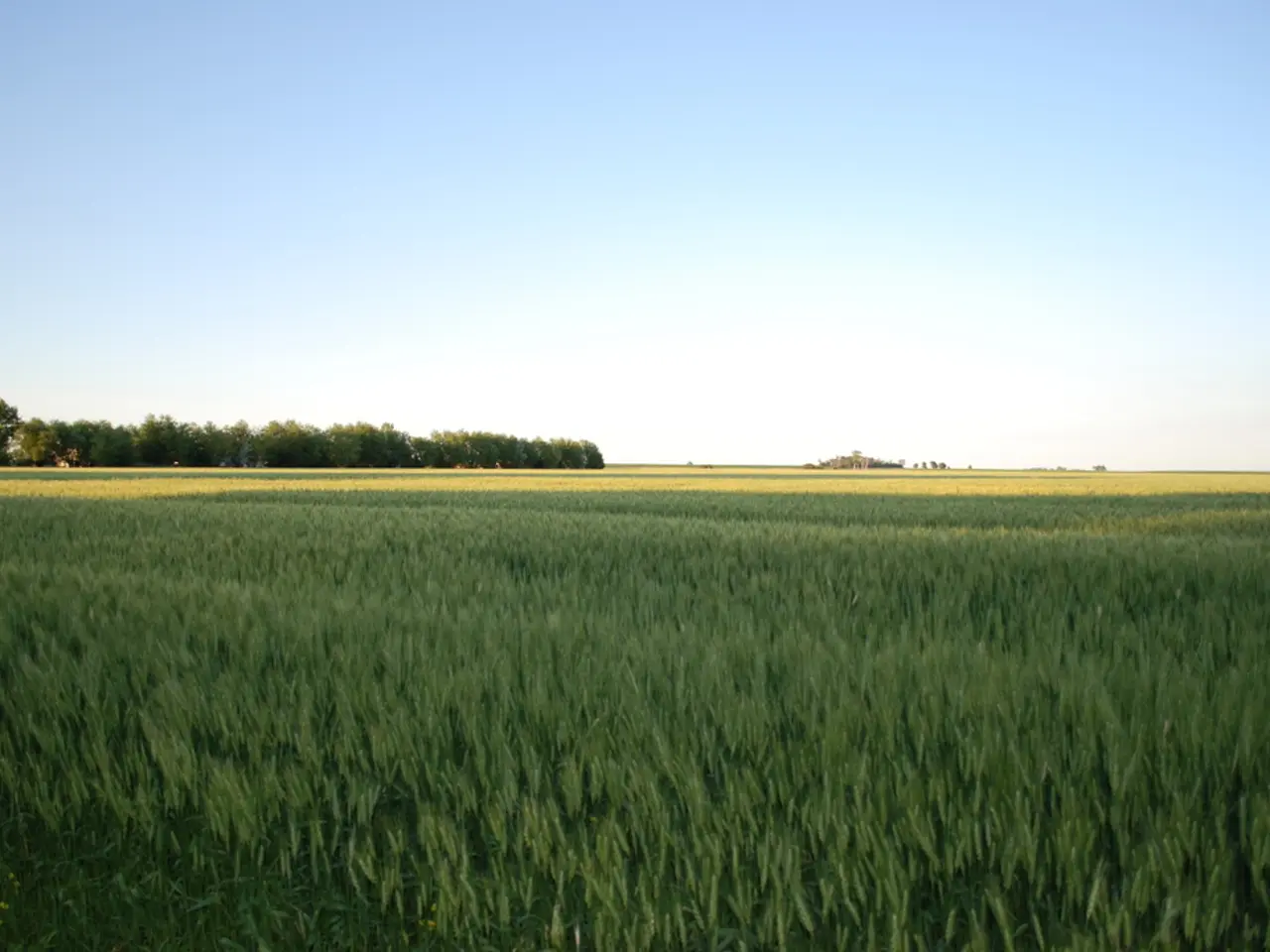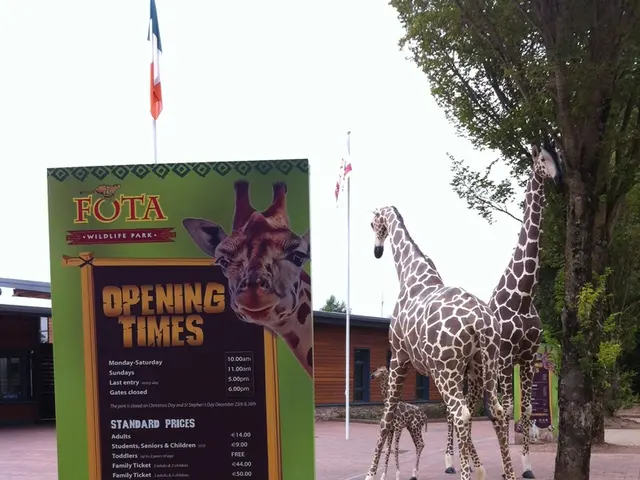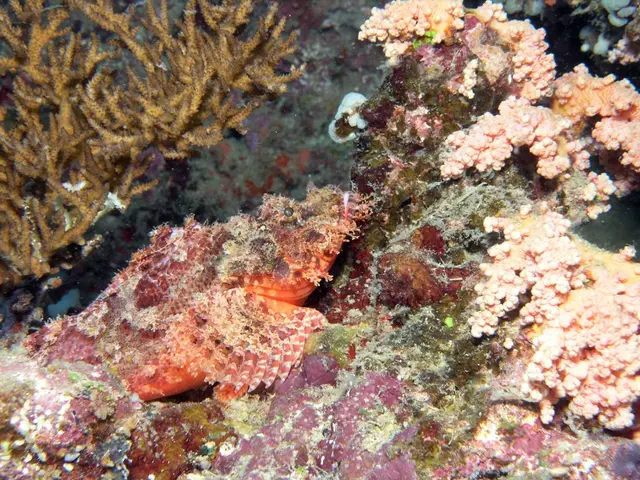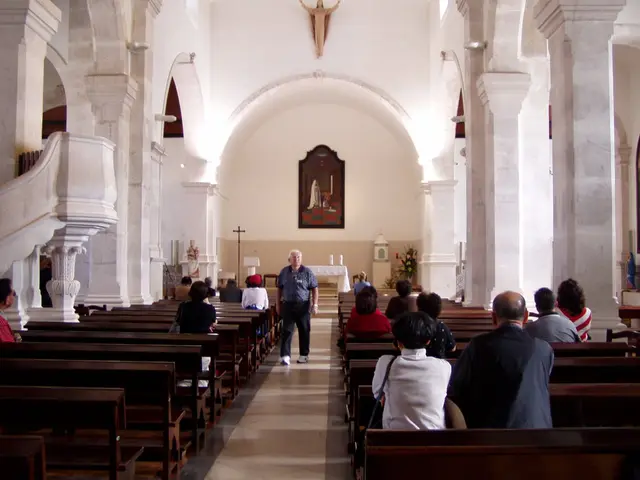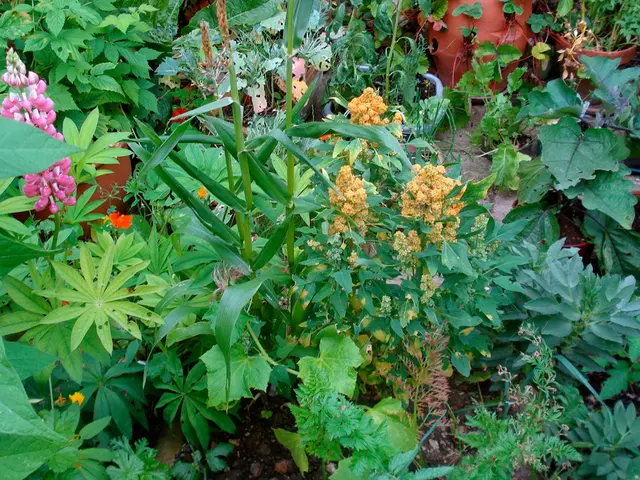Reviving Native Blooms in the Irish Countryside: Regenerating Native Plant Life in Celtic Gardens
In recent times, a groundswell of initiatives has taken root across Ireland, aimed at reviving the country's native flora. Schools, museums, and nature centres are leading the charge, offering workshops, guided walks, and storytelling sessions to educate the public about the importance of native flora and its role in our ecosystems.
One of the key benefits of nurturing native flora is the increase in biodiversity. Planting native species leads to a surge in the variety and number of birds and insects, creating a thriving ecosystem. Deep-rooted native plants like oak and alder not only add to this biodiversity but also stabilise soils and absorb floodwaters, contributing to the health of our waterways.
Wildflower meadows, when allowed to flourish, support pollinators essential for crops, even as imported honeybees face challenges. By planting wildflower seeds, choosing native trees, and avoiding invasive ornamentals, home gardeners can make a significant contribution to this native flora revival.
The efforts to restore Ireland's native flora are predominantly focused on reintroducing and protecting native tree species, addressing threats from invasive species, and involving local communities in conservation and habitat restoration projects.
Projects like AshforFuture aim to breed ash trees resistant to ash dieback disease, preserving a keystone species critical for Irish woodlands. Rewilding and native tree planting initiatives, such as the partnership between 3Q Recruitment and Irish Trees at Dunsany Castle, are restoring fragmented woodlands and creating habitats for diverse species.
Community-led habitat restoration and citizen science projects are also playing a crucial role. Local groups are leading stream restoration projects and awareness campaigns, strengthening grassroots networks and fostering a conservation culture within communities.
Managing invasive species is another vital aspect of these efforts. Groups are advocating for the control of invasive plants like cherry laurel, which suppress native flora regeneration and damage native woodland ecosystems.
The impact of these grassroots efforts on ecosystems and wildlife is profound. Restoring native trees like ash maintains essential habitats for many species, preserving ecosystem complexity and resilience. Rewilding efforts reconnect fragmented habitats, enhancing biodiversity by supporting pollinators, birds, mammals, and fungi. Healthy native woodlands and waterways support diverse food webs and improve ecosystem services such as water quality and soil fertility.
The cultural impact is equally significant. Native trees like ash have cultural significance, used in traditional crafts like hurley making and forming part of Ireland's natural heritage. Engaging youth and communities in planting, caring for native plants, and restoring habitats strengthens cultural ties to the land, builds environmental stewardship, and preserves traditional knowledge.
In summary, grassroots strategies for restoring Ireland's native flora combine scientific breeding, large-scale native planting, community engagement, and invasive species management. These efforts sustain ecological health, support wildlife diversity, and reinforce cultural connections to Ireland's natural heritage. Social media campaigns are also sharing photos and practical tips for restoring native flora, making it easier than ever for everyone to play a part in this vital movement.
[1] National Parks and Wildlife Service. (2021). Ireland’s Native Woodlands. Retrieved from https://www.npws.ie/wildlife-and-biodiversity/forests/irelands-native-woodlands/ [2] The Irish Wildlife Trust. (2021). Ash dieback disease. Retrieved from https://www.iwt.ie/ash-dieback-disease [3] 3Q Recruitment. (2021). 3Q Recruitment and Irish Trees launch tree planting initiative. Retrieved from https://3qrecruitment.ie/3q-recruitment-and-irish-trees-launch-tree-planting-initiative/ [4] Inland Fisheries Ireland. (2021). River Basin Management Plans. Retrieved from https://www.fisheriesireland.ie/our-work/river-basin-management-plans/ [5] The Irish Wildlife Trust. (2021). Invasive species. Retrieved from https://www.iwt.ie/invasive-species
